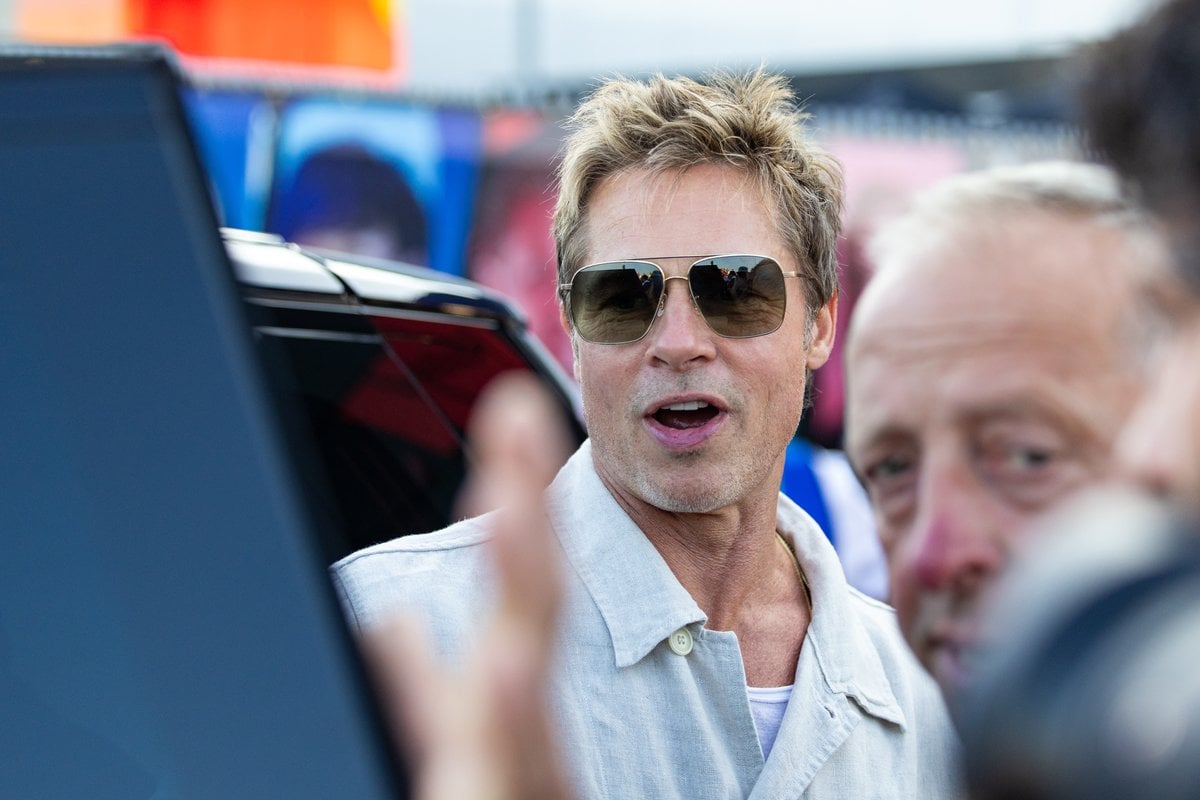
In the late '90s and early 2000s, celebrity media coverage reached its peak.
With multiple print publications in circulation, a new celebrity was plastered across the front pages every week. The storylines ranged from actors "caught" in undesirable situations to starlets stumbling out of nightclubs, young women's bodies unfairly judged and breaking news about "secret" celebrity couples.
It certainly wasn't a shining moment for pop culture journalism but there was a voracious public appetite for this kind of coverage, and publications spared no expense in giving the people what they wanted.
A big cog in this heightened, no-holds-barred celebrity news cycle was the relationship between paparazzi, photo agencies and publications. They all worked hand in hand — agencies would send out paparazzi (or freelance photographers) in an effort to capture major '"scoop", then those images would be on sold to media for a hefty price.
Media companies would fight for the images, with the exclusive rights going to the highest bidder.
The imagery (still or video) told a thousand words and the visual medium became the driving force behind perpetuating these celebrity stories. Someone caught with their pants down, an affair uncovered through a long lens, and private moments were all fodder for the paps, who went to great (and sometimes dangerous) lengths to ensure they never returned from an expedition empty-handed.
This attitude towards getting the shot no matter the cost immediately drove a wedge between celebrities and pop culture media. This friction often meant individuals would lash out at paparazzi, call the police or publicly slam media publications for supporting (and profiting from) this kind of behaviour.


